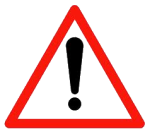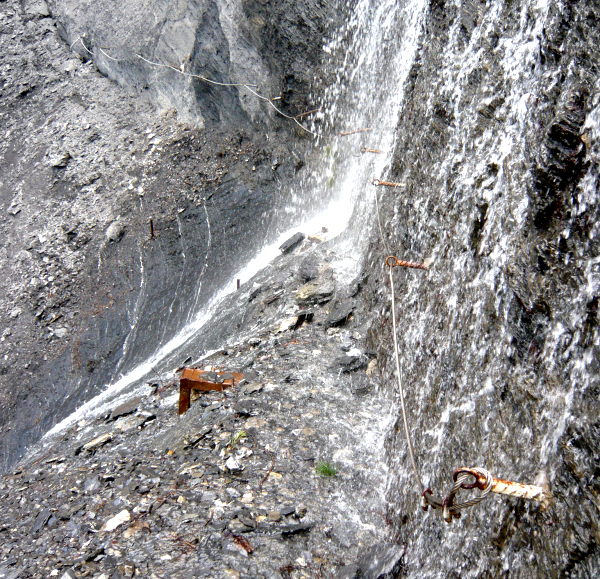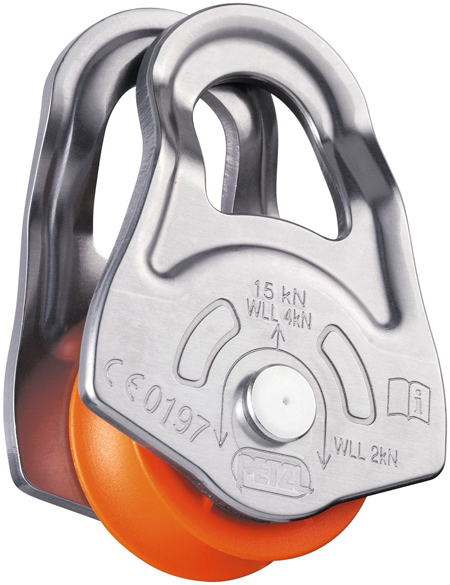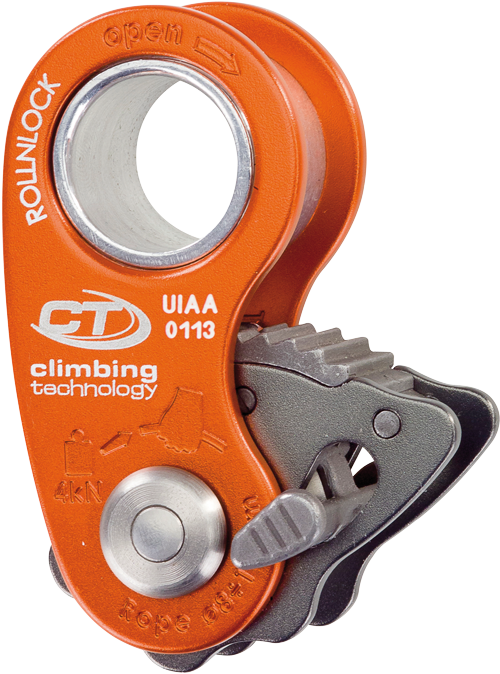
Remarques générales sur les habits / General notes on clothing
Remarque générale concernant le choix des vêtements d’altitude
et leur qualité d’imperméabilité
Il faut savoir qu’en altitude, lorsque le mauvais temps arrive, en général il ne pleut pas, il neige. Or, la neige, surtout quand elle est froide, ne mouille pas. En revanche il fait froid.
Donc, ce qu’il faut ce n’est pas tant des vêtements qui protègent de l’humidité extérieure mais des vêtements qui permettent à la transpiration de s’évacuer pour que le corps reste sec et puisse mieux supporter le froid.
S’il pleut, c’est que l’on se trouve à une altitude moindre, donc plus prêt d’un refuge ou du fond de la vallée, et donc le fait d’être mouillé de l’extérieur a moins d’importance.
Privilégiez des vêtements de couleurs vives afin de faciliter les recherches en cas de besoin.
Un dernier conseil :
Toujours avoir au fond du sac une petite pochette dans laquelle seront mis, une cagoule et une paire de gants en soie, une paire de sur-moufles en nylon, une couverture de survie et une paire de lacets de rechange.
Il en va des vêtements comme il en va de la nourriture
Chacun à ses préférences et toujours de bonnes raisons de choisir ceci plutôt que cela. En outre, n’ayant pas utilisé dans le terrain tous les types de vêtements, il ne m’est pas possible d’en faire un inventaire commenté complet. Je vais me contenter d’indiquer quelques principes de base et vous faire part de mes expériences.
Un dernier conseil :
Quels qu’ils soient, ils doivent être chauds, légers, solides et confortables.
General comments on the choice of high altitude clothing
and its waterproof qualities
When bad weather arrives at altitude, it generally doesn’t rain, it snows. But snow, especially when it’s cold, doesn’t get wet. But it does get cold.
So what you need is not so much clothes that protect you from the damp outside, but clothes that allow perspiration to escape so that your body stays dry and can cope better with the cold.
If it’s raining, it’s because you’re at a lower altitude, closer to a refuge or the bottom of the valley, so being wet from the outside is less important.
Choose brightly coloured clothes to make it easier to find you when needed.
One last tip:
Always keep a small pouch at the bottom of your bag to hold a balaclava, a pair of silk gloves, a pair of nylon overslippers, a survival blanket and a spare pair of shoelaces.
The same goes for clothes as for food
Everyone has their own preferences and there are always good reasons for choosing this over that. What’s more, as I haven’t used all types of clothing in the field, it’s not possible for me to make a complete commented inventory. I’ll just mention a few basic principles and share my experiences with you.
A final word of advice:
Whatever they are, they must be warm, light, strong and comfortable.





